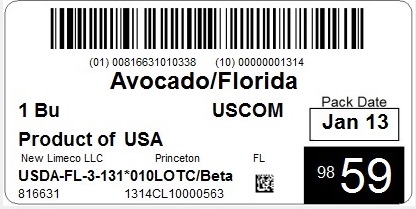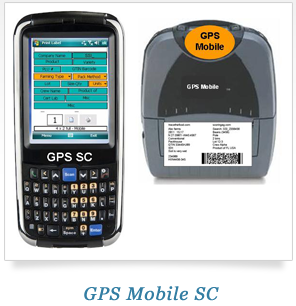Although the term “locavore”may seem novel to some, its meaning is deeply ingrained in the traditions of our ancestors. In the past decade there has been a surge of individuals who identify with this term, however. Although no single definition stands to exist, many of the principals to which these individuals adhere to are congruent and similar regardless of where they live or who they are. So what does it mean to be a “locavore,” to be conscious of where your food, especially your produce and dairy products, come from, and to desire to follow to “farm to table movement?” Here are four ways to not only get your locavore on, but more importantly become a more mindful consumer and learn to ask questions, like where did my food come from, how it was made, and how it got here!
The 100-Mile Rule Decoded
The most common definition of a locavore is an individual who consciously chooses to consume food products produced and grown within 100-miles of its point of purchase. The thought is, by consuming food found within this small radius you will reduce your carbon footprint while helping to support local farmers. Of course many of the luxuries that we have become so fond of, spices, chocolate and coffee often pose a conflict of interest for strict followers of this movement. What’s more, it is a common misnomer that food produced within a 100 miles is always fresher, healthier, has more nutritional value and was farmed with ideal production practices. Unfortunately this is not always the case and it is important to look at the labels and do your research on local producers.
Discover your Farmers Market
Unbeknownst to most, farmers markets exist all over the country and depending on your location, many are open year round. Farmers markets have been around for hundreds of years, cultivating produce and locally made goods for the general public in a friendly, pleasant direct-to-consumer market environment. Farmers come together usually once or twice a week to showcase their latest crop, prized cheese, freshly baked goods, and or newly tapped maple syrup. The output is usually fragrant, fresh and bursting with flavor. Locavores flock to their bi-weekly or weekly farmers markets to stock up on fresh goods. It is important to know that not all farmers are required to produce organically. However you simply need to ask and most farmers are extremely forthcoming about their production techniques!
Become a Steward of the Environment
Every individual contributes to the longevity of our planet–some more than others, but everyone plays a role. Gaining a deeper understanding of this influence is the first step in helping reduce the rapid deterioration that we find taking place to our natural surroundings. The food we eat, where it comes from, and how it is produced has an incredibly large impact on the environment. Industrial farming, for example, has proven negative impacts to the environment; it pollutes the air and groundwater, degrades the soil, causes loss of biodiversity, and can harm the health of individuals living within close proximity. However, small-scale farming on the other hand has proven to improve the environment degradation, minimize use of harmful pesticides, and offer more nutrition-rich food goods. If awareness is the first necessary step than action is sure to follow with much smaller carbon footprints.
Follow the Breadcrumbs: Food Traceability
Because consuming and purchasing food wholly produced in a 100-mile radius can be extremely difficult and sometimes unfeasible, many companies have found it advantageous to utilize food traceability software. The use of GPS, thermal printers, durable labels and tags allows consumers to be able to trace the food they purchase from its harvest, through the processing and distribution all the way to their plate. Consumer confidence will surge and producers, grocers, and everyone involved in the process will incur fiscal benefits when there is exists 100% visibility in the labeling of our foods.
Here’s to you taking the necessary steps to be a conscious consumer. Whether producer, grower, farmer, grocer, or consumer, become an advocate for yourself and your community: support local farmers, do your part to help the environment, and push for greater visibility in the way food is labeled and produced.
 Advanced Traceability Solutions takes pride in consistently working towards new technology and systems that make food traceabilty a more time efficient and cost effective process for clients of all sizes. By offering simple, low cost, Produce Traceability Initiative (PTI) compliant case labeling software and printing units, Advanced Traceability Solutions makes it possible to comply with new case tracking policies set in place by major retailers.
Advanced Traceability Solutions takes pride in consistently working towards new technology and systems that make food traceabilty a more time efficient and cost effective process for clients of all sizes. By offering simple, low cost, Produce Traceability Initiative (PTI) compliant case labeling software and printing units, Advanced Traceability Solutions makes it possible to comply with new case tracking policies set in place by major retailers. 



